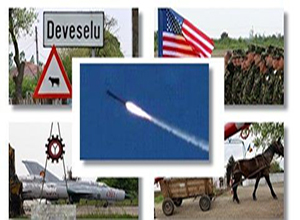 During the Cold War, Romania confused all of us. Long after brutality in other communist countries declined, Romania remained a state that employed levels of violence best compared to North Korea today. Nicolae Ceausescu, referred to by admirers as the Genius of the Carpathians, ruled Romania with a ruthless irrationality. Government policies left the country cold and dark, and everyday items readily available just a few kilometers south in Bulgaria were rarities in Romania. At the same time — and this was the paradox — Romania was hostile and uncooperative with the Soviets. Bucharest refused to submit to Moscow, and this did not compute for many of us. Resistance to Soviet power, in our minds, meant liberalization, like what we saw in Hungary and Czechoslovakia. But not in Romania; Romania played a different game.
During the Cold War, Romania confused all of us. Long after brutality in other communist countries declined, Romania remained a state that employed levels of violence best compared to North Korea today. Nicolae Ceausescu, referred to by admirers as the Genius of the Carpathians, ruled Romania with a ruthless irrationality. Government policies left the country cold and dark, and everyday items readily available just a few kilometers south in Bulgaria were rarities in Romania. At the same time — and this was the paradox — Romania was hostile and uncooperative with the Soviets. Bucharest refused to submit to Moscow, and this did not compute for many of us. Resistance to Soviet power, in our minds, meant liberalization, like what we saw in Hungary and Czechoslovakia. But not in Romania; Romania played a different game.
The Search for Belonging and Ballistic Missile Defense in Romania
Romania is an inward-looking country that longs to be better integrated into the international system — a difficult posture to maintain. Each time I return to Romania, I watch this struggle unfold. If Bucharest was an exception in the Soviet bloc, it is now finding it much harder than countries such as Poland to adapt to Europe. For Romania, becoming normal means becoming part of Europe, and that means joining the European Union and NATO. The idea of not being fully accepted in Brussels creates real angst in Bucharest. When I point out the obvious difficulties affecting both institutions and suggest that membership may not be the best solution for Romania, I am firmly rebuffed. They remember something I sometimes forget: After the insanity of Ceausescu, they need to be European. No matter how flawed Europe is today, the thought of being isolated as they once were is unbearable.
The United States plays a unique role in the culture of countries like Romania. My parents in Hungary, the country next door to Romania, listened to Voice of America in 1944. When they heard of the Allied landing in Normandy, they thought they were saved from the Germans and Soviets. They were not, but it was the Americans — noble and invincible in their imaginations — in whom my parents placed their hope. Throughout the Cold War, Eastern Europeans listened to VOA and imagined liberation from the Soviets. When that liberation finally came in 1989, it was unclear whether and to what degree the Americans had precipitated the Soviet collapse. It remains unclear, but in Eastern Europe and in Romania, the concept of liberation is fixed, and despite all of their concern for the European Union, the United States remains the redeemer.
This region is perhaps the last place in the world where the United States is still seen as noble and invincible. Power is complex — the more of it you gain, the more ambiguous you become. For a growing power, there is a moment before the exercise of responsibility in which you appear perfect. You have not yet done anything that requires ruthlessness or brutality, but you have shown strength. That was the image of the United States during the two world wars. As the United States started to mature, the world discovered that power distorts even the best of wills. But in Eastern Europe, the original sense of the United States, though certainly tattered and somewhat worn by the complexities of real power, is still a moving force. In my view, the relationship between the United States and Romania needs to be nurtured, not through showcase projects of little impact but through a substantial development of economic and military relations. This might not sound glamorous, but it would address the national security interests of both sides.
Differing Perceptions
My view on Romania’s place in the world apparently does not sit well with NATO Secretary-General Anders Fogh Rasmussen and Romanian President Traian Basescu. My discussions with these leaders are a tale worth telling, since they have led me on a true geopolitical journey.
During my visit to Romania, I met with Basescu, Prime Minister Victor Ponta and other notables. I also gave a talk at the National Bank of Romania. During these meetings, I made arguments that are familiar to my readers. I argued that the post-Cold War world is over and that Romania needs to vastly lower its expectations as to what membership in the European Union would mean. I told Romanian leaders they should be relieved that Romania has its own currency. I also argued that NATO has neither a common intent nor the military capability to act jointly, since most of Europe’s militaries lack the ability to carry out sustained military operations. NATO is not an alliance but merely a grouping of countries — a coalition of the willing who for the most part, as seen in Libya and Mali, are not very willing.
I further argued that the Russians are not pursuing their national interests by military force. Rather, Moscow is taking advantage of the weakness of the European Union to foster a web of commercial relationships in the countries of old Eastern Europe, creating an economic fait accompli. It follows that Romania’s national security interests would be better served by U.S. investment — particularly in the strategic energy and mineral sector — than by reliance on the European Union or NATO.
The Romanians understand the weakness of these alliances. Yet for all of Europe’s disarray, Romania’s belief in Europe runs deep. Belief in a European economic bloc, and in a North Atlantic alliance that includes the United States, is a fundamental tenet of Romania’s political culture. Perhaps the biggest current concern for Romanian leaders, though, and one that dominated many of my conversations, is the development in Europe of a ballistic missile defense system.
The Full Spectrum of Military Support
The United States has allowed a missile defense program based in Europe to become the leading symbol of American commitment to the region. Eastern Europeans in particular see the basing of that system as a sign of American commitment, even if it is not specifically intended to shield the country in which it is based. The theory is that anywhere the United States sets up an installation, American troops will be there to protect it. Washington’s thinking on the defense shield has been in flux since the Bush administration. Evolving technology has opened the door for alternative basing, but the Romanians sense another reason for the shift: The Russians object deeply to the program. While their missiles could easily overwhelm the system, the Russians believe, along with Eastern Europeans, that the program is simply the first phase of American deployment along the frontiers of the Russian sphere of influence. The Americans have no wish to confront the Russians over what for Washington is a marginal issue, and they are constantly looking for ways out of the commitment.
This rattles nerves in the region, particularly as the European Union disintegrates. I argued that the missile shield should not be seen as the only measure of American commitment. Romania and other Eastern European countries certainly require substantial military support and assistance. But what they need are anti-air and anti-tank systems, air superiority fighters and logistics — and they need enough of these things to deal with more mundane but immediate national security threats. The missile defense system addresses one dimension of Romanian security, but it does nothing to address other, more salient dimensions.
I argued that Romania’s strategic focus ought to center on acquiring practical conventional systems that could deal with evolving threats. The United States should therefore not be judged by its commitment to missile defense but by its willingness to contribute to the full spectrum of Romania’s security needs. Likewise, NATO should not be judged by its commitment to missile defense but by its members’ willingness to collaborate and by their armed forces’ actual ability to do so.
Real and Perceived Threats
Rasmussen met with the Romanian president a couple of days after I was there, and apparently my views came up. In a public statement, Rasmussen said he disagrees with my assessment. He stressed that Romania will be protected against a potential missile threat and said NATO has adopted a phased adaptive approach to building a missile defense system, with the aim being to cover all populations in Europe and all NATO nations, including Romania. Rasmussen said he expects the third and final phase to be completed by 2018.
The problem with Rasmussen’s statement is that he assumes Romania faces a missile threat. Put differently, if I consider the full range of threats that Romania faces, missile attacks are not high on the list. Russia is not about to use them, and this system couldn’t block them. The Iranians don’t have a ballistic missile system yet, and an offensive option would far more effectively address a threat emanating from Iran. Essentially, missile defense projects spend huge amounts of money without addressing real Romanian national interests. These include internal security against non-state actors, border security and managing the future of Moldova in the event of destabilization in that country.
What interests me most about this exchange is that when I was asked about missile defense, I was not asked about NATO but about the United States. I was also not asked about a European missile shield but about the basing of a component in Romania. What the Romanians wanted was an American military facility in Romania, and they saw American redesigns that might eliminate such a facility as an abandonment of the United States’ commitment to Romania. Nevertheless, the Romanian president affirmed Rasmussen’s position and explicitly rejected mine.
Rasmussen is the head of NATO, an organization that has few significant projects underway — and this is a big one. Having someone assert that NATO’s centerpiece project ignores the broader requirements of Romanian national security will obviously irritate him, particularly since he knows that the missile defense shield, rather than being part of a NATO strategy, is a substitute for a NATO strategy. NATO has no real strategy right now because there is no political agreement on what that strategy ought to be.
The final argument I made to the Romanians was that only they can ultimately guarantee their national security. The United States can be pushed to participate in accordance with its strategic and economic interests, but it cannot be a substitute for Romanian forces protecting Romanian national interests. That was the way NATO worked during the Cold War, and that is the way it must work now. Only Romanian power can ensure the hard and multiple dimensions of Romanian national security. NATO or the United States can serve as the final recourse, but they cannot be the first option. Therefore, Romania ought to be pursuing support to enhance the basic, unglamorous requirements for adequate self-defense. Bucharest should not concern itself with the basing of a piece of advanced hardware designed for a single scenario if that comes at the expense of being able to handle many other scenarios. Europe as a whole might need missile defense, but Romania and its brother countries that have experienced Soviet occupation need other things far more.
We also discussed the Romanian interest in aligning with Poland and Turkey. These three countries share a history of facing Russian power. All three require and want to build strong commercial relations with the Russians, but they need to ensure that those commercial interests do not reduce national autonomy or undermine national interests. I have written in the past about the Intermarium — the alliance of nations from the Baltic to the Black Sea — and for the Romanians, Poland and Turkey are potentially important partners.
My argument against the land-based missile shield is not that it is an inherently bad idea, or that participating at the highest levels is not in the Romanian interest, but that NATO is currently incapable of addressing more pressing security requirements in the region, particularly security for the line that runs along Poland, Slovakia, Romania, Bulgaria and Turkey. This line represents the eastern frontier of the European peninsula today, and while every country must trade extensively with Russia, they must also be able to protect themselves. American dollars spent limiting Russian hard power in the region will do more to boost Romania’s interests than missile defense will, and this will also better align with the interests of the United States. In this discussion, NATO unfortunately does not play a significant role. While a substantial commitment to defend Romania might come from the United States, a regional grouping, whether inside or outside NATO, is first needed in order to create a framework for meaningful collaboration.
Developing a Crucial Relationship
The challenge facing Romania is to create an economic dimension to its political and military relationship with the United States. A multidimensional relationship is inherently more self-sustaining than simply a political-military relationship. The problem is not a lack of projects, of which potentially there are many. The problem is Romanian bureaucracy, which can be paralyzing. In economic relations, predictability, transparency and efficiency are essential. None of these exist in Romania. One of the points I made during the visit was that for Romania, reducing bureaucracy and increasing bureaucratic speed and predictability are matters of national security. The United States, like most countries, finds it easier to support countries where it has an economic interest.
Given the weakness of the European Union and the disarray in NATO, Romania needs to nurture its bilateral relations with the United States, and that requires moving beyond its relationships in Washington. Military affairs are discussed in Washington, D.C.; business is done in Seattle, Houston and Chicago. A geopolitical journey of the United States would begin by explaining the limits of Washington and the power that is present in other American cities. The Romanians must understand the United States as it is and understand that Washington’s commitment to a country increases with its business interests. If Romania wants closer military ties in the United States, rationalizing the rules on investment is far more important than missile defense.
It is not clear that the United States understands the strategic significance of Romania or the other Eastern European countries. It is not clear that Romania understands how the United States works or how to draw it into a strategic commitment. The United States spent the last half of the Cold War baffled by Romania, and Romania has spent the time since the fall of communism baffled by the United States. From where I stand, the conversation needs to move away from the American obsession with complex technology, NATO’s need for a project that seems significant without addressing serious risks and Romanian fears of exclusion from Europe. The United States and Romania must focus on cold calculations of national interest, including basic matters such as the sale of transport helicopters and the rapid processing of projects by ministries. If a missile defense system is developed along with these things, I have no objection. If it is built instead of these things, then we should all read histories of the Maginot Line.

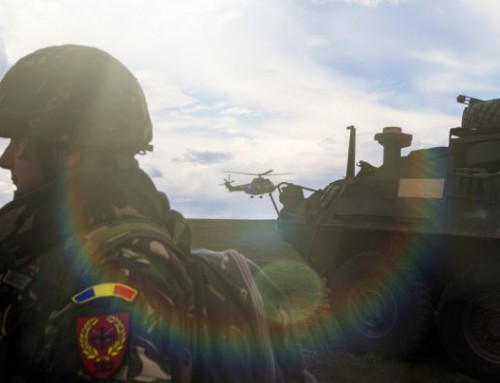
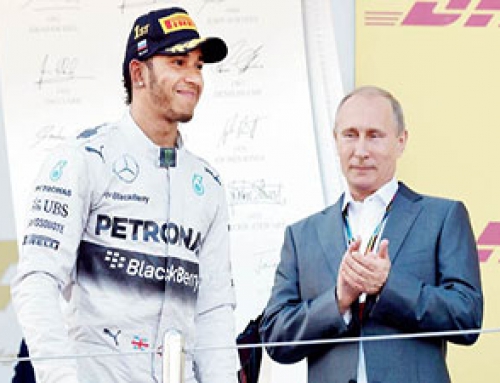
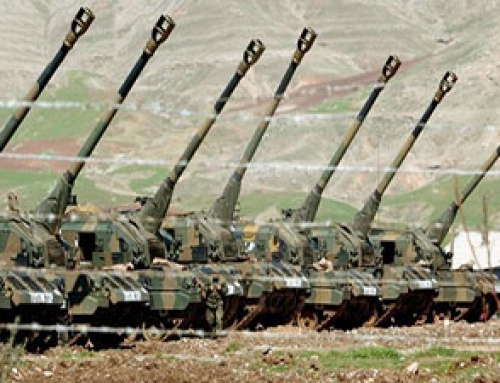
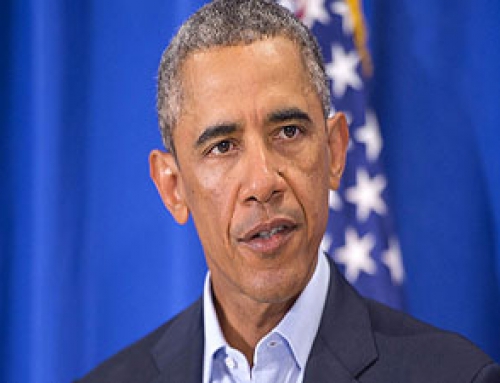
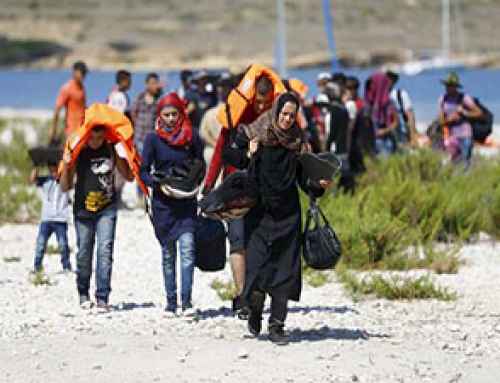
Leave A Comment